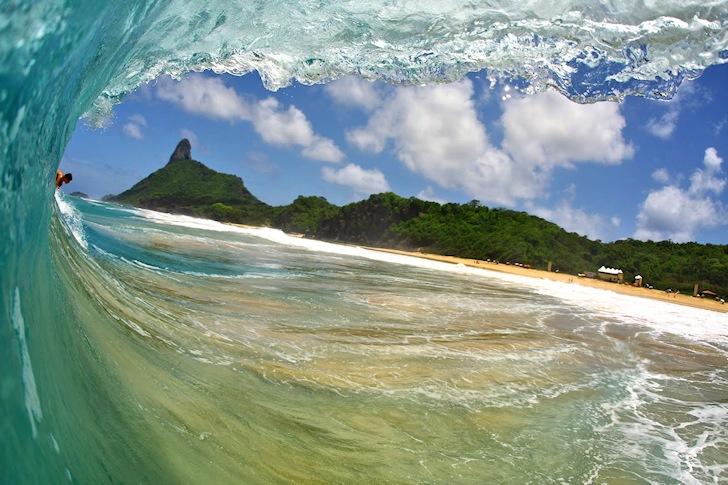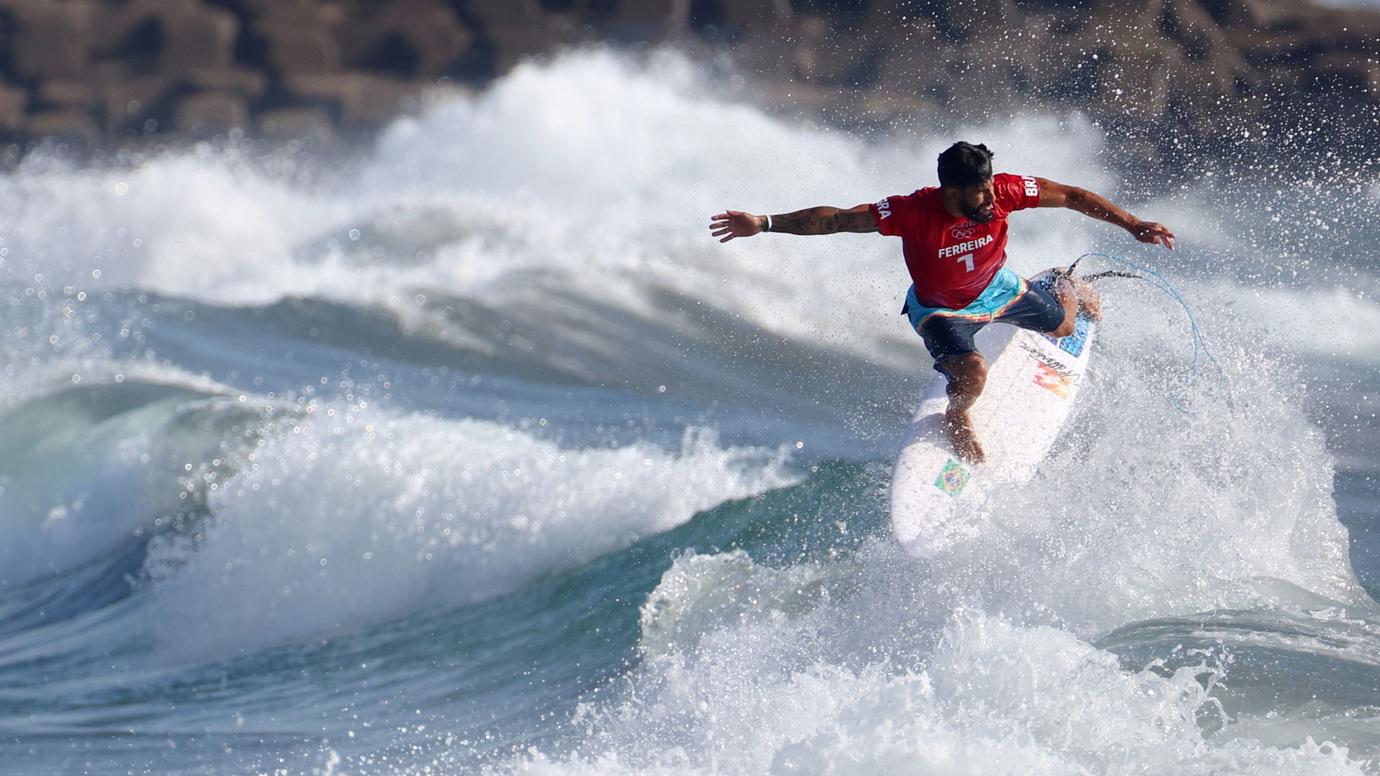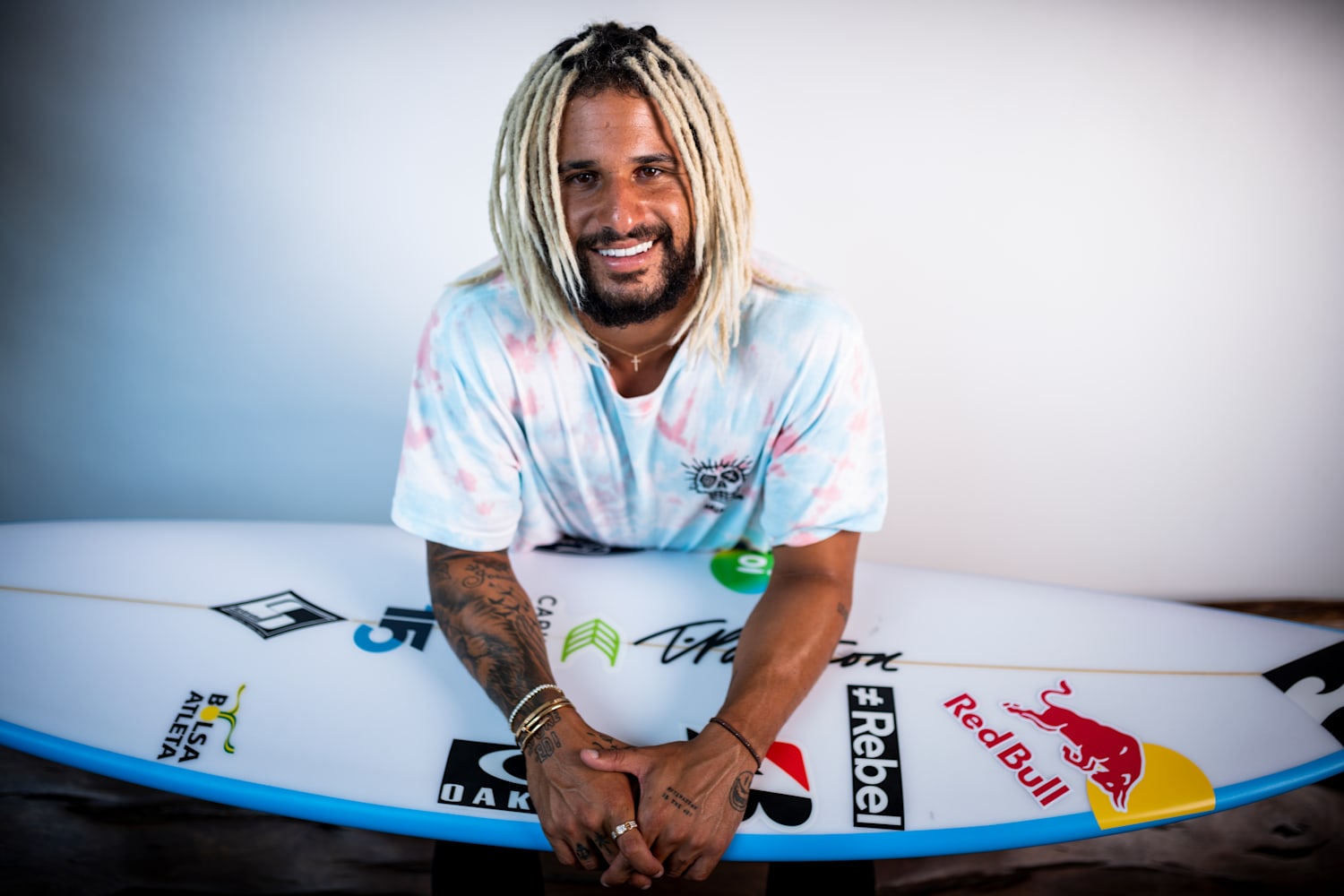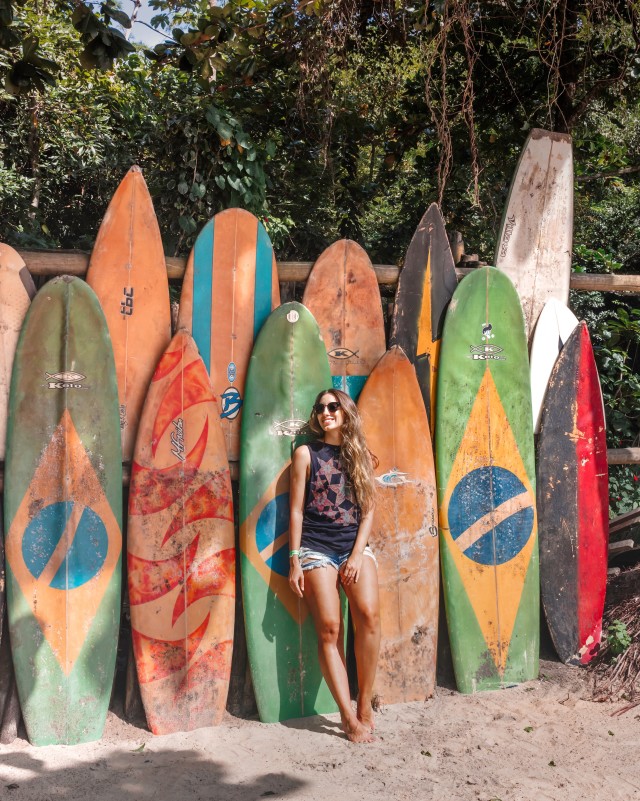RIO DE JANEIRO, BRAZIL – The gold medal won by Ítalo Ferreira at the surfing Olympic championship brings not only the sweet taste of victory but also the prospect of even more attention for a sport that moves billions.
More specifically, surfing generates R$7 (US$1.4) billion a year, according to estimates from the Brazilian Surfing Institute (Ibrasurfe). The amount includes expenses with clothing, boards, and accessories.

Before the pandemic, the World Surfing League (WSL) counted three million surfers, 150,000 of who lived in the state of São Paulo.
Brazil seems to have the perfect combination for the sport’s success: expansive beaches, relatively low cost of training, good athletes, and great opportunities for career professionalization. These factors have produced at least four athletes of the sport, some of whose names are known to the general public.
It is no wonder that the country has a generation known as the “Brazilian Storm”. In 2011, in the World Surfing Circuit (WCT) edition, seven Brazilian surfers won four of the eleven stages and four podium finishes.
In the two following years, there were three consecutive finals. In 2014, Medina won his first World Cup, followed by Adriano de Souza in 2015 and new success in 2018. Ítalo Ferreira completed the sequence in 2019.
Between 2015 and 2019, the record was almost 50%. Of the 66 stages contested, Brazil won 30. In 2019, there were six victories and ten podium finishes by Brazilians – and they were also the country with the most representatives. That same year, WSL opened an office in São Paulo with the goal of exponential growth of the category in the country, as 30% of the audience on platforms around the world are Brazilians.
Alexandre Zeni, president of Ibrasurf, analyzes that surfing in Brazil is consumed much more by sympathizers than practitioners but points out a possible reversal of the scenario. “The number of practitioners in the country has grown a lot with the pandemic. With the exodus observed during the quarantine, with more people leaving the cities and going to the coast, surf schools have strengthened, and the number of students has multiplied. The trend is that this number will increase even more with the Olympics.”
With so much potential, even brands that haven’t directly linked their business to surfing are seeing the sport as an important alternative for sponsorship. More athletes, more wins, and more visibility. For example, that’s the case with Localiza, which is entering the sport for the first time in 2021.
“It’s a chance for us to show that all these positive associations are within reach of those who go in search of the beach or the perfect wave; choose your destination and count on Localiza to get there. We are passionate about the ways that lead us to incredible places. And surfing is undoubtedly the perfect sport for those who feel like us,” said Antonio Augusto, marketing director of Localiza, in a statement.
The new Bradesco campaign, featuring athlete Gabriel Medina, also uses surfing to show the importance of being a leader in your own life. Another company that has recently decided to associate itself with the athlete is EspaçoLaser, taking advantage of its high national profile to strengthen its own brand.
“The surf market has always been very connected to the young audience, and today we see that the sport is a great communication tool with this audience. The big brands that sponsor the sport are not endemic, meaning they come from outside surfing – from the electronics, telephony, and banking industries – and try to influence younger people who sympathize with that lifestyle through the athletes,” Zeni said.
Even with a long list of sponsors, Medina, a headliner in sports marketing, has only one brand on his board during the Olympics. Due to stricter International Olympic Committee (IOC) rules, the Brazilian athlete cannot show a sponsor on his gear. The only segment allowed is that of sports equipment suppliers, which in Gabriel’s case is his longtime partner Johnny Cabianca, who has been creating his boards for over a decade.
If for those who are already outside the segment there is a chance to enjoy financial gains, for those who work directly with the sport, it is impossible to ignore the millions that surfing moves. Nationally, Mormaii, one of the most important names in the industry, grew 300% in 2020 with the adaptation to the digital world and presence in marketplaces such as Amazon and Magazine Luiza.

Elsewhere, the passion for surfing has led to two giants of the industry, Rip Curl and Hurley, changing hands with transactions that have been spotlighted by the sums brought. Both took place in 2019.
In Rip Curl, one of the leaders in the segment, the transaction involved US$1 billion, going from its founders – Brian Singer and Doug Warbrick – to adventure sports giant Kathmandu.
As earlier this year, the transaction appears to have paid off, the surf brand’s owner announced that sales were up, while other products, such as winter items, suffered a drop in sales due to the travel shortage caused by Covid-19.
In Hurley’s case, the transaction was also anything but modest. Nike, which had owned the company since 2001 – when it acquired it for US$95 million – parted ways with it in 2019. The transaction numbers were not disclosed, but Hurley had estimated annual revenue of US$70 million when it was sold to Bluestar Alliance.
SURFERS MAKE GOOD MONEY
Moving away from the brands and turning our eyes to the athletes, it’s also not hard to understand why the sport moves so much money. To get an idea, 2018 data from Stab magazine – considered “the bible of surfing” – showed that Gabriel Medina had an annual salary of US$3.05 million. That year, the surfer also earned US$473,000 in prize money. He ranked second among the 10 highest paid that year.
In the same ranking, another Brazilian finished fifth: Filipe Toledo. With an annual salary of US$2.1 million, he also took home US$388,000 in prize money. However, according to the ranking, the lowest salary among the “top 10” professional surfers was held by Hawaiian Kai Lenny, with US1 million US dollars per year and US$18 thousand in prizes won.
According to data from the current season in the World Surf League (WSL), Medina and Ítalo earn more than US$70,000 per stage win.
Even with the million-dollar sums, gender inequality affects the sport – and the short stick, of course, falls on the women’s side. To give you an idea, salary parity was first introduced by the World Surf League in 2019, making it the first global league to introduce such a policy.
In an interview with Vogue, athlete Maya Gabeira commented on the female scenario. “We still lack a lot to get to the ideal place because women’s surfing in Brazil still has little incentive and structure. Compared to Australia and the United States, we are still far behind. It will be interesting to see surfing at the Olympics; it will make the sport even more popular. I hope we invest more in the athletes, especially the grassroots athletes.”
Source: exame



